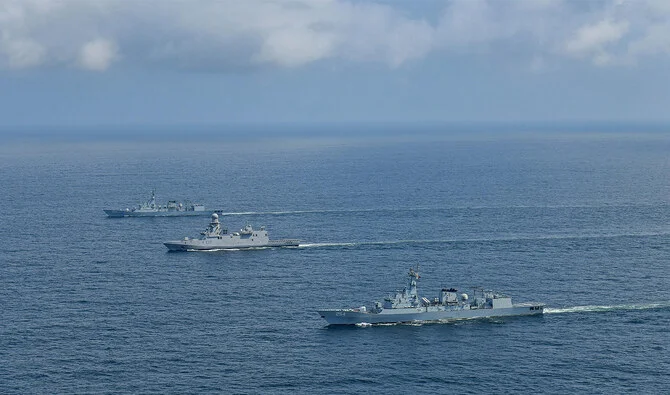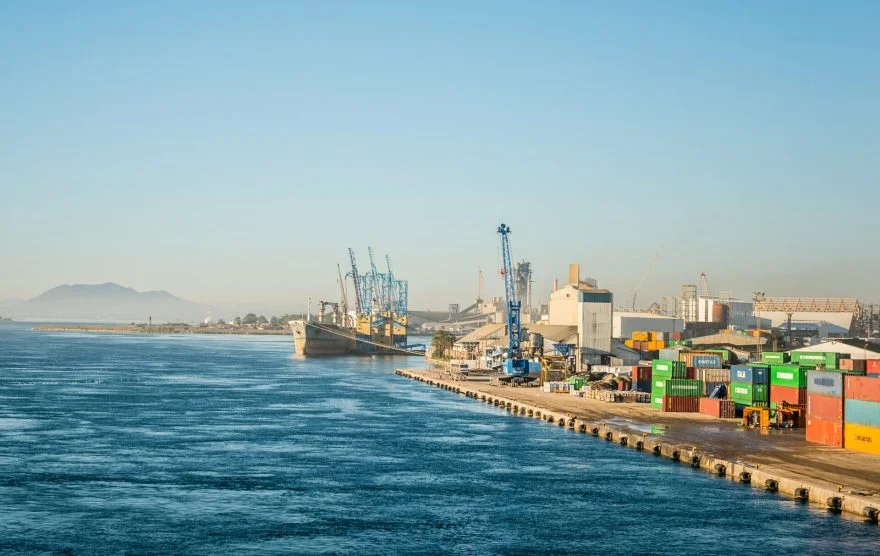The unique geographical and geopolitical relationship between Pakistan and Afghanistan presents an untapped opportunity for maritime diplomacy, potentially driving economic growth and regional stability. This article explores the mutual benefits of enhanced maritime connectivity, focusing on key ports, exclusive economic zones, and the strategic significance of such collaboration.
The Geostrategic Advantage of Pakistan’s Ports
Pakistan, with its over 1,000-kilometer coastline along the Arabian Sea, holds substantial maritime assets, including Gwadar and Karachi ports. These ports are gateways for trade with Central Asia and beyond, especially as Pakistan pushes to capitalize on the Blue Economy, which could unlock up to $100 billion in economic growth. Gwadar, a focal point in the China-Pakistan Economic Corridor (CPEC), offers Afghanistan the nearest access to sea routes, bypassing the more extended and costlier transit paths through Iran’s Chabahar port.

Untapped Potential of Pakistan’s Exclusive Economic Zone (EEZ)
Pakistan’s Exclusive Economic Zone (EEZ) spans approximately 290,000 square kilometers, an area with vast but underutilized potential. Currently, Pakistan’s seafood industry, which could bring in $2.5 to $3 billion annually, generates only $450 million, reflecting the need for strategic investments in deep-sea exploration, sustainable fishing, and marine tourism.
Pakistan’s EEZ also presents opportunities in energy exploration, potentially boosting revenue by billions if developed with Afghanistan’s participation.
Sustainable “blue financing” mechanisms like blue bonds could further support EEZ development, providing a robust economic base for the region.
Also See: Pakistan’s Recent Diplomatic & Economic Achievements
Economic and Trade Potential
For landlocked Afghanistan, sea access is crucial for reducing logistics costs by as much as 30% compared to other transit routes. Access to Gwadar port could facilitate Afghan exports and imports to international markets, enhancing trade capacity and creating jobs. Expanding the Afghanistan-Pakistan Transit Trade Agreement (APTTA) to include maritime components would allow smoother transit routes, enabling Afghan traders to reach markets efficiently.
By participating in this development, Afghanistan could experience a GDP growth boost of 3-5% annually.

Collaborative Maritime Security and Strategic Diplomacy
Maritime collaboration could enhance security by addressing shared threats like piracy, illegal fishing, and trafficking. Establishing cooperative measures, such as shared intelligence and joint maritime patrols, would help secure trade routes in the Indian Ocean and Arabian Sea, creating stability. The strategic location of Gwadar port near the Gulf of Oman provides an advantage for monitoring and securing regional trade routes, benefiting both Pakistan’s and Afghanistan’s maritime security interests.

Addressing Challenges and Future Prospects
To realize the full potential of maritime diplomacy, political stability and infrastructure investments are essential. Pakistan’s maritime vision requires policy alignment and institutional efficiency to capitalize on its EEZ fully.
Afghanistan’s commitment to enhancing infrastructure for seamless integration with Pakistan’s ports would unlock further trade routes.
Addressing these challenges could position both countries as regional trade hubs, connecting Central Asia, the Middle East, and South Asia.
A Future of Regional Stability Through Maritime Diplomacy
Maritime diplomacy between Pakistan and Afghanistan represents significant yet largely untapped potential. By working together to develop robust trade and security arrangements, these nations can create a partnership that enhances economic and regional stability. Strategic investments in port infrastructure, blue economy development, and regional collaboration would not only strengthen their economies but also serve as a model of cooperative growth for other regional stakeholders.



